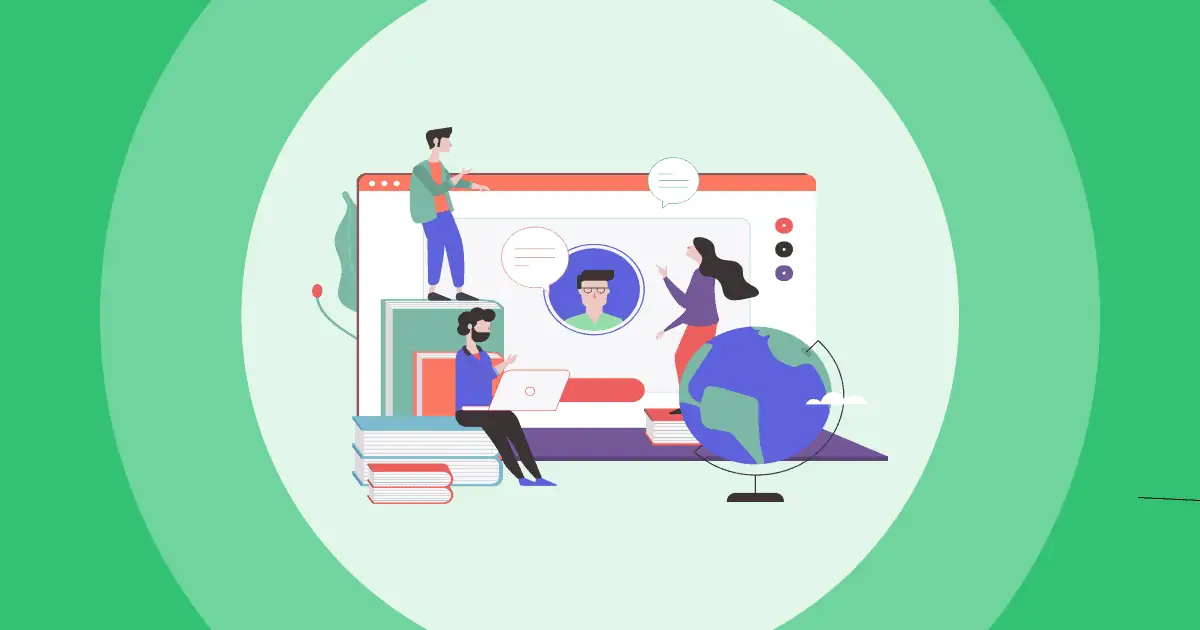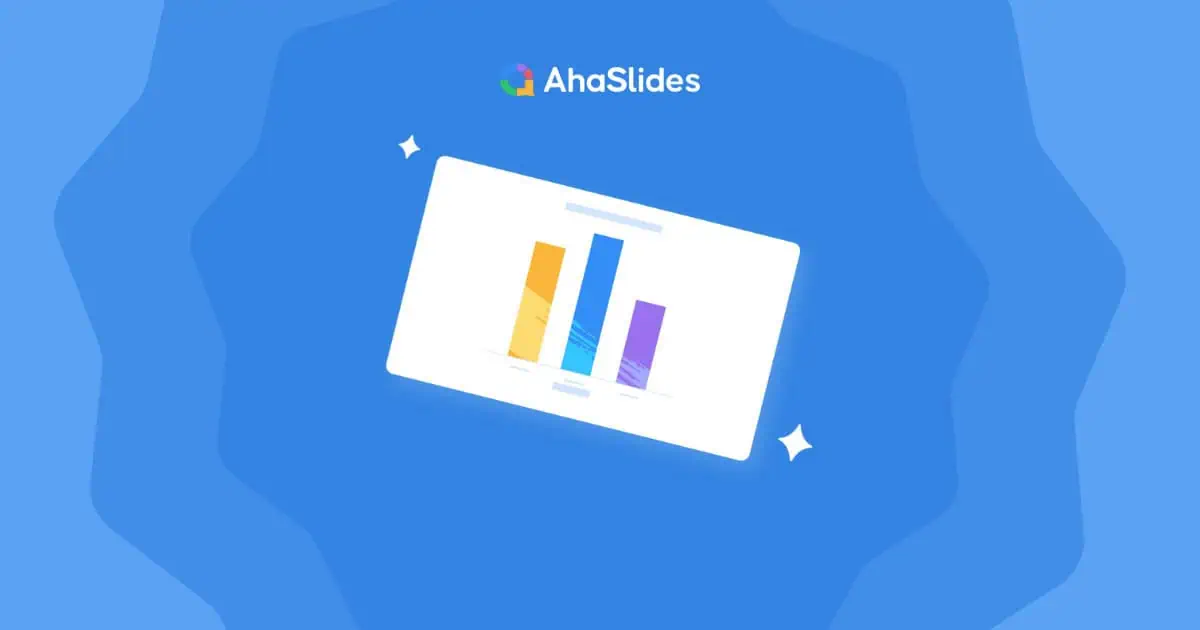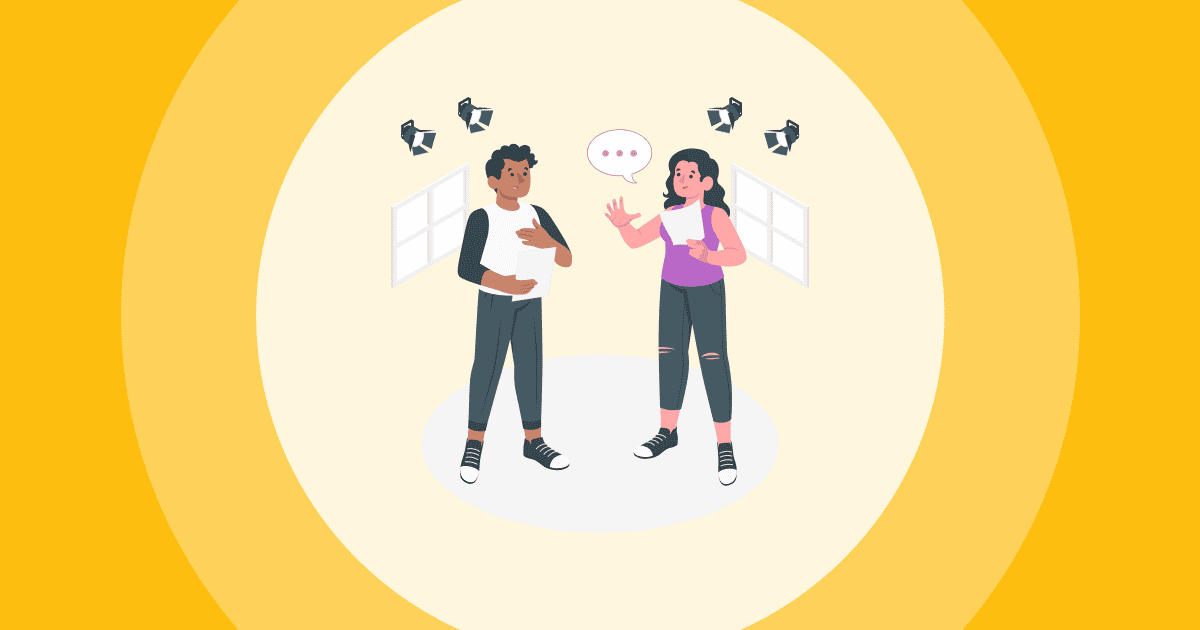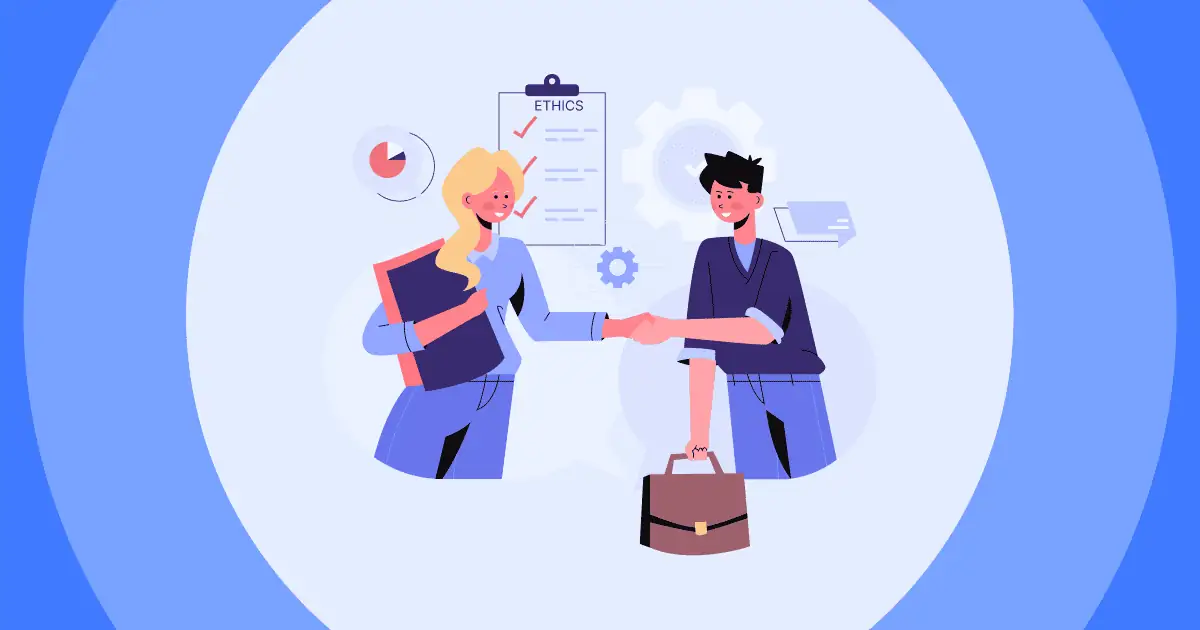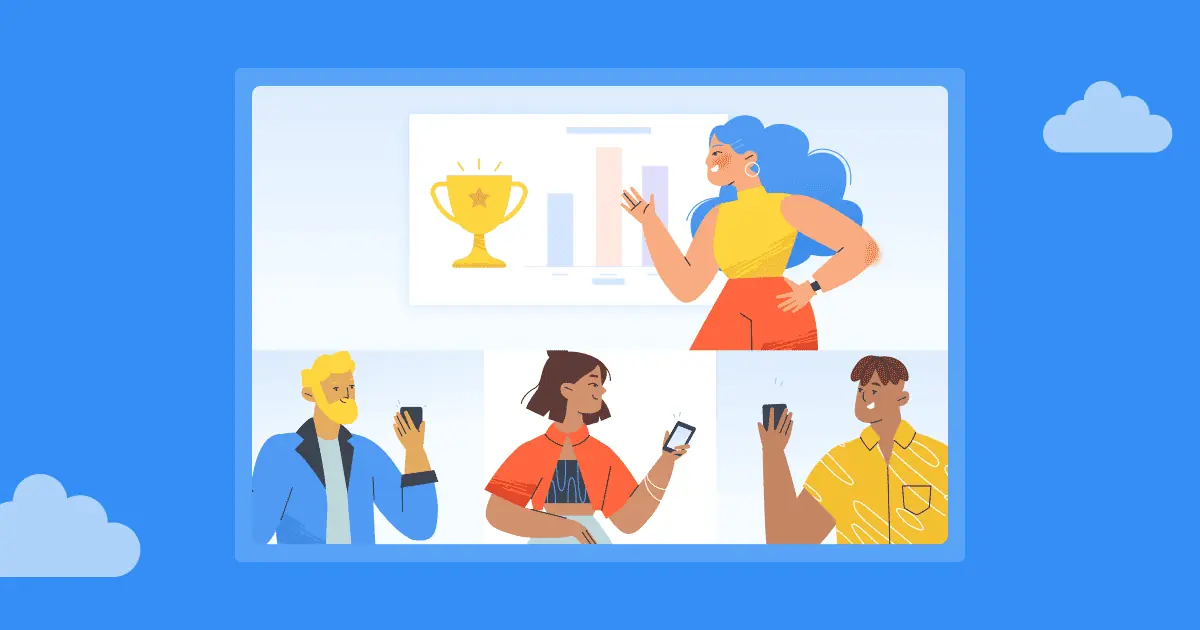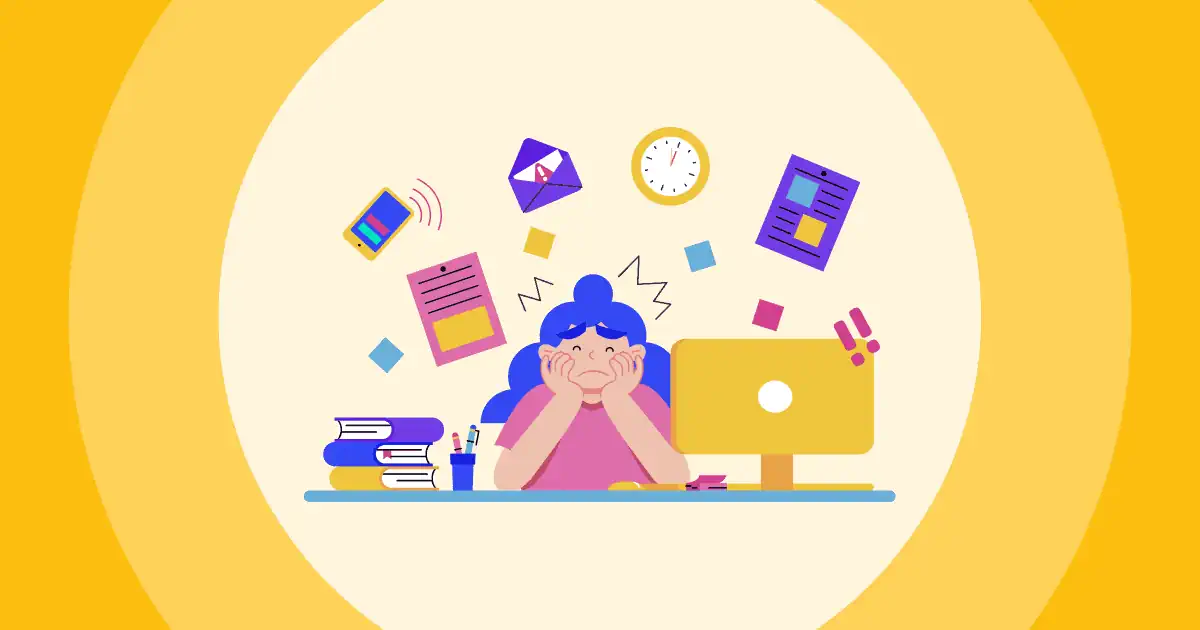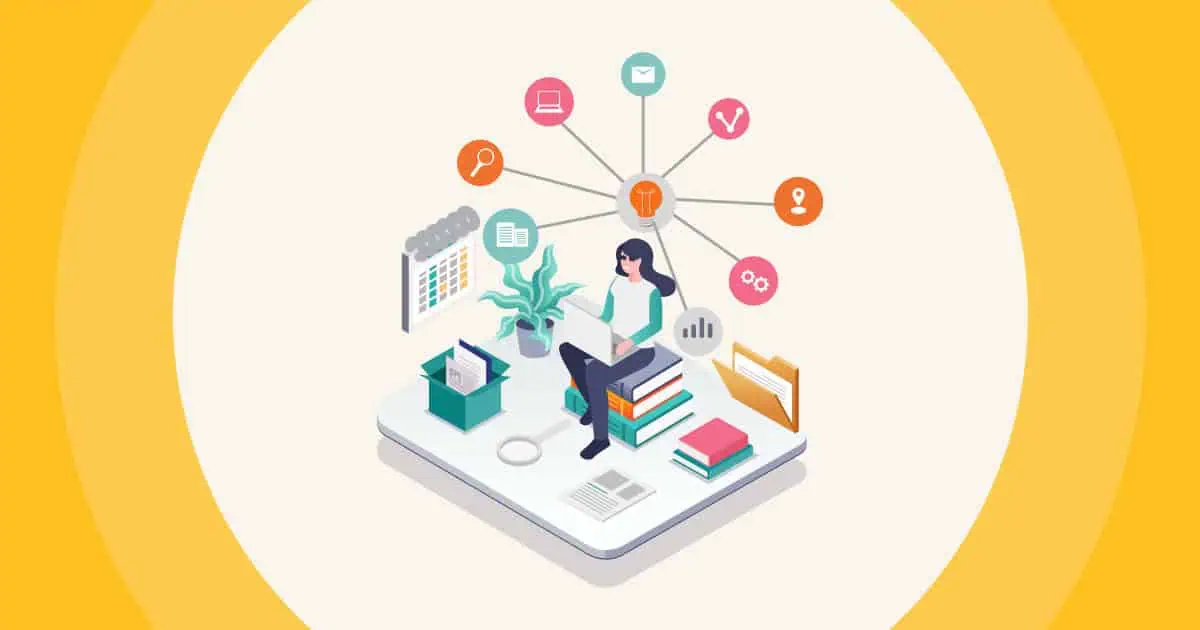How to learn effectively is always a hot topic that gains attention from all types of learners, from a student trying to excel in her studies to a professional looking to upskill, or someone simply interested in personal growth. Many efforts have been made to create an ultimate learning method that promises to cater to the diverse needs of learners.
Here we come to Blended Learning, an innovative approach that transforms traditional learning methods, – the tried-and-true practices of in-person education with the benefits of digital technology. So, what are the best examples of Blended Learning that have benefitted learners recently, let's take a look!
Table of Contents
- What is Blended Learning and Its Benefits?
- What are Types of Blended Learning?
- Top Examples of Blended Learning Activities
- Where does the Blended Learning Model Work Best?
- Key Takeaways
- Frequently Asked Questions
What is Blended Learning and Its Benefits?
Blended learning is an educational method widely adopted in modern classes. It includes a combination of traditional face-to-face learning and technology-based online education and can be adapted to meet the individual requirements of both students and educational institutions.
In the Blended Learning model, students are proactive in accessing and interacting with knowledge and materials education and may seek support from a mentor or advisor.
Blended learning is a result of the ongoing evolution of educational practices and technology integration to provide more effective and engaging learning experiences for students.
What are Types of Blended Learning?
Here are 5 main Blended Learning models that are popularly applied in today's class. Let's explore the attributes of each approach and how are they different.

Face-to-face Driver Model
Online learning is decided on a case-by-case basis by the instructor as a supplementary activity to the curriculum. The Face-to-face driver model is the closest to the traditional classroom of all the blended learning models. Students will study mainly in face-to-face classes.
In certain cases, instructors decide to participate in online learning as a supplementary activity in the curriculum. The above students will officially enter the combined learning form at that time.
The Flex Model
This is one of the most prioritized types of models used in the Blended Learning method. Students have complete freedom to choose a flexible study schedule that suits their needs, and at the same time choose their own learning pace.
However, with the Flex flexible learning model, students will study independently. Learning is mainly self-research in a digital environment, so it requires high requirements for learners' self-awareness. Teachers here only play the role of providing course content and guidance when necessary. The Flex flexible learning model gives students high self-awareness and control over their learning.
The Individual Rotation Model
The Individual Rotation Model is a blended learning approach where students rotate through different learning stations or modalities independently, allowing them to progress at their own pace. It offers personalized learning experiences, tailoring instruction to individual needs and allowing students to advance based on their mastery of content or skills.
This model is adaptable to various educational contexts, such as maths classes, language learning, science labs, and higher education courses, enhancing engagement and learning outcomes.
The Online Driver Model
It is a model that stands in stark contrast to the traditional face-to-face teaching environment. Students work from remote locations, such as their homes, and receive all of their instruction through online platforms.
The model is suitable for students such as students with chronic diseases/disabilities, who find it difficult to go to school. Students have jobs or other obligations that require flexibility for online schooling at hours when traditional schools are not in session. Students who are highly motivated and want to progress much faster will be allowed in a traditional school setting.
Self-Blend Model
The Self Blend Model is suitable for environments where students have needs in a specific area that are not included in the traditional course catalogue. In the Self Blend model, students take a more active role in customizing their own blended learning experience with guidance and support from teachers or mentors.
For the Self-blend self-study model to be successful, schools need technology platforms to provide their students with quality online courses through the learning management system.
Top Examples of Blended Learning Activities
How does blended learning work? Here are some examples of activities that are often used in blended learning to help learning process more engaging and interesting.

- Online Quizzes: In an elementary school science class, students often take online quizzes after reading a lesson to check their understanding of the material.
- Discussion Forums: In a college literature course, students engage in online discussions about assigned readings, sharing insights and responses to thought-provoking questions.
- Virtual Labs: In a high school chemistry class, students use a virtual lab platform to perform experiments and practice data analysis before performing similar experiments in the physical lab.
- Peer Review: In a creative writing workshop, students submit their writing online, receive peer feedback, and then revise their work in preparation for an in-person workshop.
- Simulations: In a corporate training program for customer service, employees complete online simulations of customer interactions to develop problem-solving skills. In-person, they practice real customer interactions.
When does Blended Learning Work Best?
Blended learning works well in almost all educational settings, from primary school to higher education, from public school to private sector, especially in online environments.
Here are some examples of blended learning that contribute to efforts of innovative learning and teaching in many educational systems around the world.
High School Math Class - Examples of Blended Learning
- In a high school maths class, the teacher uses a flipped classroom approach. Students are assigned online video lessons to watch at home, where they learn new mathematical concepts. They complete online practice exercises to reinforce their understanding.
- In the classroom, students work in small groups to solve complex math problems, discuss their thought processes, and receive individualized feedback from the teacher.
- The teacher also incorporates technology, such as interactive whiteboards and maths software, during in-person sessions to visualize and demonstrate mathematical concepts.
Language Learning Institute - Examples of Blended Learning
- A language learning institute also offers blended language courses. Students have access to an online platform that includes lessons on grammar, vocabulary, and pronunciation.
- In addition to the online materials, students attend in-person conversation classes, where they practice speaking and listening with instructors and fellow students. These in-person classes focus on practical language skills.
- The institute uses online assessments and quizzes to track students' progress, and teachers provide individualized feedback to improve language proficiency.
University Business Program - Examples of Blended Learning
- A university's business program employs a hybrid learning model for some courses. Students attend traditional in-person lectures and seminars for core business subjects.
- In parallel, the university offers online modules for elective courses and specialized topics. These online modules include multimedia content, discussion boards, and collaborative group projects.
- The program leverages a learning management system (LMS) for online course delivery and to facilitate student collaboration. In-person sessions emphasize interactive discussions, case studies, and guest lectures from industry experts.
Key Takeaways
Learning is a long journey, and it takes time to find the best learning method that fits you every time. If the blended learning method does not always help you improve your study, don't rush, there are many good options for you.
💡Want more inspiration? AhaSlides is an excellent presentation tool with a live quiz maker, collaborative word cloud, and spinner wheel that definitely brings the teaching and learning experience to the next level. Sign up now for free!
Frequently Asked Questions
Do you want to learn more about examples of blended learning? Here are the most Frequently Asked Questions on this topic.
- What are the three types of blended learning?
The three basic types of Blended Learning Methods are:
- Rotation Blended Learning
- The Flex Model Learning
- Remote Blended Learning
- What is an example of blended mentoring?
Blended mentoring is a mentoring approach that combines traditional in-person mentorship with online or virtual methods. It offers a flexible and dynamic mentorship experience by using a combination of face-to-face meetings, online resources, virtual check-ins, peer learning communities, goal tracking, and self-assessment tools. This approach accommodates different learning styles and schedules while maintaining the essential in-person connection between mentors and mentees.
- How do you use blended learning in the classroom?
Blended learning combines in-person teaching with online resources. You can use it by choosing online tools, developing digital content, and assessing students' understanding through online quizzes. Students can collaborate online, and you can customize instruction based on individual needs. Continuously evaluate and adjust the approach for effectiveness.
- What is an example of blended literacy?
An example of blended literacy is using a combination of physical books and digital resources, like e-books or educational apps, to teach reading and writing skills in a classroom. Students may read traditional books in print and also access digital resources for reading comprehension exercises, vocabulary building, and writing practice, creating a balanced approach to literacy instruction.
Ref: elmlearning
